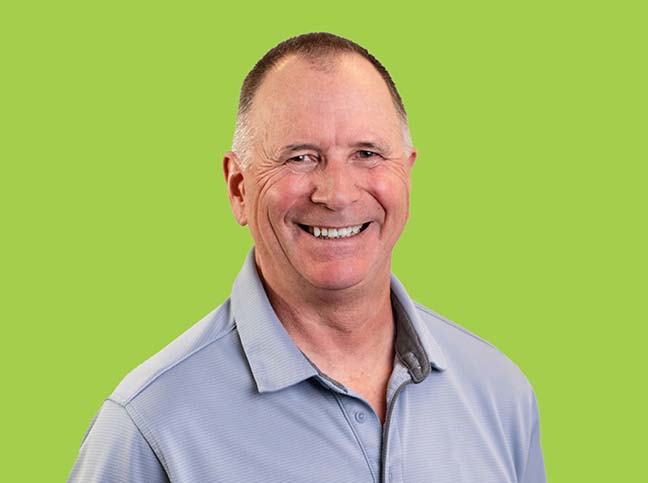Among all of the items you’ll end up purchasing as your prepare for life with your newborn, the right car seat is one of the most important things you’ll need to transport such precious cargo. After all, the car seat is one of the first things your baby boy or girl will be exposed to in his or her life. Just think about it: a newborn experiences a car seat before they see their own crib, change table or bedroom.
In fact, in many cases across British Columbia, a hospital employee will check your vehicle to make sure the right car seat is installed properly and the child is secured inside before allowing you to leave their care. This extra precaution the hospital staff takes further drives home the message of how important car seats have become in preventing injuries and fatalities on BC roads.
According to ICBC, when a child safety seat is properly used in a vehicle, the risk of fatality is reduced by 71% and the risk of serious injury is reduced by 67%. No wonder it’s the law!
Here’s what you need to know before buying a car seat for your child:
Buy a Brand New Car Seat
Of all the things expecting parents should consider buying brand new instead of getting second-hand from friends or family, it’s the car seat. This is because all car seats have an expiry date, much like bicycle helmets. It is generally believed that car seats last around 5-9 years before they expire. The timeframe varies depending on the manufacturer.
The reason car seats expire is because over time the plastic components of the seat can weaken due to prolonged periods of sun exposure, the use of household cleaners, excessive dirt and grime, and general wear and tear. The weakened plastic makes the seat unsafe.
If you plan on buying a second-hand car seat, buy from someone you trust. Make sure the item has not been in a crash, has not expired, comes with the owner’s manual, and has not been recalled. Also do a visual inspection of the entire unit, ensuring it is not cracked, rusted, torn or frayed.
Buy a Canadian Brand
The next thing you want to do is make sure to find a seat that meets the Canada Motor Vehicle Safety Standards and complies with Canada’s safety regulations (i.e. is Made in Canada). There are handful of child car seat manufacturers, including Britax, Frontier, Graco and Sunshine Kids, who make their products in Canada, which means their seats adhere to Canadian safety standards. You can review the whole list of Canadian car seat manufacturers here.
Buy for Different Ages
Spend any time with a few young moms and you’ll often hear them comparing the ages in which their child graduated from rear-facing seat to front-facing seat, and so on. That’s because children outgrow their car seats and require a few different types before they are old enough to go without. Fortunately, many child seats are considered convertible, which are designed to be used for more than one stage of your child’s life.
Newborns: For infants less than one year old and less than 20 lbs. (9 kg), a rear-facing seat is required. These seats are designed to support your baby’s neck and head in the event of a sudden stop, fender bender or crash. They come with a harness that, when done up properly, should only allow you to fit one finger between the harness and your baby’s collarbone.
Place your infant’s rear-facing seat in the back seat in the centre spot, and avoid the front seat altogether, especially if it has airbags that could injure your child when deployed.
Toddlers/Preschoolers: Once your baby is older than one year and is between 20 and 40 lbs. (9-18 kg), you can adjust their car seat. While it is recommended you keep on using the rear-facing position for as long as possible, eventually young ones get curious and want to see more of the world!
If you have a convertible infant/child seat, follow the instructions on how to modify the seat for toddlers, otherwise purchase the next size of seat that comes with a tether strap for added stability.
Children Under 9: Young children who weigh more than 40 lbs. (18 kg), but are less than 5-ft. tall need to be seated in a booster seat when in the vehicle. Booster seats have the important job of ensuring the car’s seatbelt fits properly. You want your child in there nice and snug. At this stage, the back seat is still the best place for young children, despite their protests!
Stay Informed
Once you’ve purchased a car seat, make sure you stay informed of any product recalls or notices. Doing so is as simple as registering your seat with the manufacturer, or periodically checking the Transport Canada website, which posts recent recalls for car seats sold in Canada.
Replacement After an Accident
In the event of an accident, child car seats must always be replaced, even if it doesn’t look like they are damaged in any way. This is true whether or not your child was in the seat at the time of the accident. Either way, your first step should be to check the manufacturer’s manual that came with your seat. It may advise that the seat doesn’t need to be replaced after a minor crash.
Still Have Questions?
If you have more questions on child car seats, or just want to make sure yours is installed properly and in good working order, consider attending a car clinic in Victoria n which someone goes over the basics with you in person.
And of course we are always here to help answer your questions at any of our six SeaFirst Insurance locations in the Victoria area.
